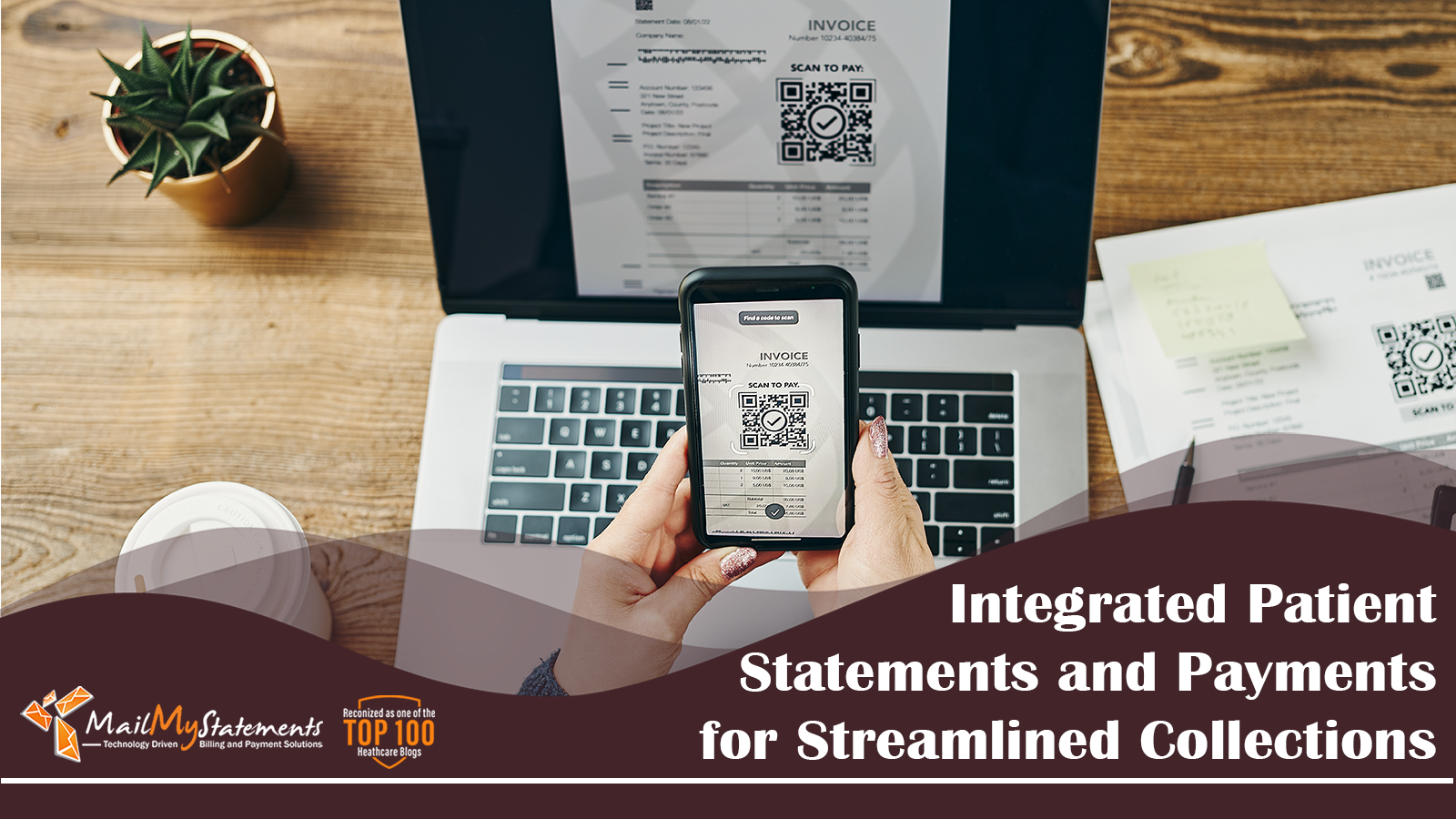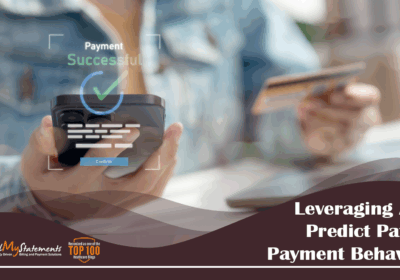Integrated Patient Statements and Payments for Streamlined Collections

As healthcare increasingly embraces digital transformation, the adoption of integrated patient statements and payments systems has become essential. Providers implementing these systems gain substantial benefits, such as enhanced operational efficiency, accelerated revenue collection, improved patient satisfaction, and resilience amid growing patient demand.
Optimizing Healthcare Collections with Integrated Systems
Today’s healthcare environment demands automated, streamlined payment processes. An integrated patient statements and payments solution, connecting third-party billing services with established payment processors, simplifies collections, reduces administrative burdens, and enhances financial clarity.
The Continued Rise of Online Payments
Over recent years, the adoption of online and contactless payment methods has steadily increased across various sectors, including healthcare. Advancements in technology, particularly in SMS text messaging payments and artificial intelligence (AI)-driven billing solutions, have significantly contributed to this growth.
SMS text payment systems allow patients to receive instant billing notifications and make immediate payments directly from their mobile devices, enhancing convenience and speeding up revenue cycles. Similarly, AI technology streamlines payment processes by intelligently automating patient communications, optimizing billing workflows, and reducing errors, further driving online payment adoption.
As these advanced solutions become increasingly mainstream, healthcare providers are recognizing the value of adopting digital payment technologies not only for operational efficiency but also to meet patient expectations for quick, easy, and secure payment options.
Comprehensive Benefits of Integrated Payment and Statement Solutions
Integrated payment systems offer numerous advantages beyond basic convenience:
- Accelerated Revenue Collection: Streamlined billing processes ensure faster payment turnaround, improving cash flow.
- Reduced Errors and Increased Accuracy: Automated reconciliation reduces data entry errors and enhances financial accuracy.
- Enhanced Patient Experience: Clear, accessible online payment options enhance patient satisfaction and engagement.
- Optimized Recurring Billing: Solutions such as Account Updater automatically refresh expired payment card information, facilitating recurring payments and customized payment plans.
- Improved Operational Efficiency: Providers benefit from simplified management with consolidated billing, payment updates, and troubleshooting in a unified platform.
- Cost Savings: Reduced administrative overhead lowers operational costs, freeing resources for improved patient care.
Implementing Online Payment Solutions in Your Billing Strategy
Selecting the right healthcare payment solution requires careful evaluation of your patient demographics and organizational needs. A robust solution should support multiple convenient payment options, such as:
- Phone Payments: Secure gateways allowing staff to safely process card details over the phone.
- Desktop Payments: Accessible online payment portals through web browsers, providing flexibility for remote payments.
- Mobile Wallet Integration: Acceptance of modern payment methods such as Apple Pay and Android Pay, facilitating quick, convenient transactions both online and in-person.
When incorporating these payment solutions, consider the following questions:
- What training will billing staff require to ensure accurate handling and secure processing of online payments?
- How should paper statements evolve to communicate online payment methods clearly?
- What communication strategies will best inform patients about new payment options?
Integrated payment systems, often developed through strategic partnerships between billing providers and payment processors, deliver unified solutions that streamline collections and provide secure, efficient payment experiences.
Addressing Security Through Advanced Technology
Security remains paramount in healthcare payment processing. Providers should select solutions employing advanced security measures, such as tokenization and point-to-point encryption (P2PE):
- Tokenization: Replaces sensitive payment information with a secure token, safely storing patient card details for future payments without exposing sensitive data.
- Point-to-Point Encryption (P2PE): Encrypts payment information immediately upon transaction initiation, protecting card data throughout its journey to processing and reducing exposure to security breaches.
Adopting these technologies significantly simplifies compliance with PCI standards, reducing the scope, complexity, and associated costs of PCI audits, and protecting providers from the potential financial and reputational risks associated with data breaches.
Final Thoughts
Healthcare providers today face greater demands for efficiency, security, and patient convenience. Integrated patient statements and payment solutions are no longer optional—they are fundamental to maintaining operational resilience, enhancing financial health, and elevating the patient experience.
Discover how MailMyStatements‘ comprehensive solutions can optimize your revenue cycle, save valuable time, and improve your bottom line.
LEARN MORE ABOUT HOW OUR SOLUTIONS CAN SAVE YOU TIME AND MONEY!
![]()



